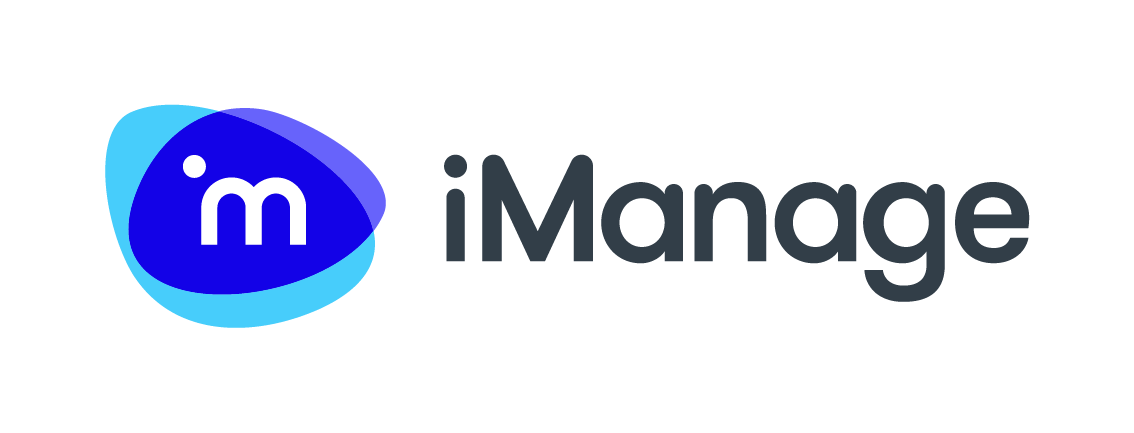Asian firms increase technology use
The Financial Times recently published its Innovative Lawyers report covering AsiaPacific. The first report of its kind was published in 2014, revealing dramatic disparities in innovation between law firms and in-house lawyers in various countries. At the time, managing partners at Asian firms didn’t see the need to embrace innovation in such the traditional legal profession. But today they are actively engaged and represented in the FT’s rankings of innovative law firms, increasingly embracing a multidisciplinary, automated future.
Catalysts driving adoption
Prior to the pandemic there were trends driving Asian law firms and departments to start automating practices to enhance their day-to-day operations such as:
Mergers & Acquisitions - Hostile takeovers were historically rare in Japan until its mergers and acquisition guidelines were updated in 2019, recommending that companies examine incoming bids instead of simply dismissing them. This created a need for lawyers in Japan to get more creative in their takeover defense strategies, that were previously practically non-existent. Now, as Asia has become an emerging market for unsolicited takeovers, there needs to be more rapid innovation to deal with these potential takeovers.
Cross-border business deals - Chinese companies striving to work internationally were handling difficult trade issues. Then during the pandemic China’s Fosun Pharma and Germany’s BioNTech created a strategic alliance to collaborate on a COVID vaccine. The global importance of this requirement drove this cross-border legal deal.
Pressure to cut costs – Internal pressure for in-house lawyers to reduce operating costs and shift from billable hours by leveraging digitization to streamline routine legal tasks enabling lawyers to spend more time giving advice instead.
Changing client requirements – Today’s clients expect lawyers to deeply understand their business sector to quickly get up to speed and provide effective guidance.
Collaborative requirements – It’s becoming increasingly common for lawyers to collaborate with others with differing specialties to complete deals requiring secure, efficient interdisciplinary communication and information sharing.
The global pandemic - Like businesses around the globe, the pandemic dramatically accelerated the digital transformation process, with lawyers needing to continue functioning efficiently and securely while working remotely.
Asian firms embracing technology and automation
In this year’s report, the FT recognized many Asian firms for their innovation. These include:
Nashimura & Asahi which set up a digital transformation group that provides both legal and non-legal support for clients on a range of new technologies, data, and regulations, to help implement their own digital transformations. This kind of offering is uncommon in Japan and more frequently found in UK, US, and European firms. According to Nishimura partner, Kazuhiro Takei, the most significant feature of the group is it’s multidisciplinary and cross-sectional approach.
Eversheds Sutherland is working with a group of technology providers to integrate different software systems used in the disclosure and trial stages of legal cases. The goal is to facilitate a seamless flow of data between systems, eliminate the risk of manual error and encourage greater technology use in the litigation process.
DLA Piper worked collaboratively with blockchain company Hedera Hashgraph to design the first asset-backed security token on a blockchain platform. The purpose is to automate processes enabling operation outside trading hours while lowering transaction fees and improving security.
DBS Bank’s in-house legal team won the FT’s award this year for its work at the intersection of law, technology, and data. They helped launch a cryptocurrency exchange at the bank and developed a model utilizing data analytics to gauge and anticipate risk when dealing with corporate banking customers.
China International Capital Corporation’s Hong Kong-based in-house legal team led the organization’s digital transformation project. They implemented a document and email management system to improve access to communications data. They are also incorporating technologies to manage risk.
Knowledge management and automation is essential
As these firms and corporations increasingly leverage technology, they increase their competitive advantage, drive more revenue to the bottom line, facilitate collaboration, and ensure secure communications. Knowledge management is at the core of these streamlined operations. They are reducing manual repetitive tasks, reducing associated risks or errors, and increasing productivity while freeing up legal professionals to perform more thought-provoking tasks.
The technologies these firms are using reduce time spent searching for information in siloed systems, enabling shorter response or processing times. They make it easier to locate subject matter experts within the firm and facilitate interdisciplinary or interdepartmental collaboration while maintaining security controls.
Law firms and departments that fail to utilize technology today, risk being left behind by their competitors who are more agile, efficient, knowledgeable, and responsive. Don’t let this happen to your organization. See how your firm can leverage technology for a competitive advantage too.





About the author
Sanjay Shah
Sanjay Shah is responsible for the business development of all iManage solutions throughout Asia. In addition to managing customer relationships, he focuses on expanding the iManage Partner ecosystem while working closely with the existing iManage Partner community that today supports a well-established and rapidly growing regional customer base.